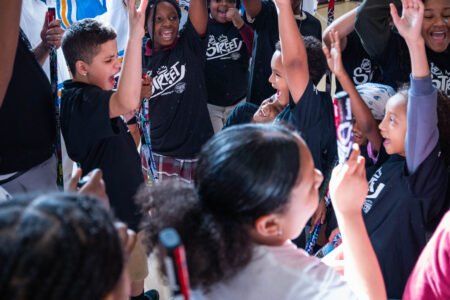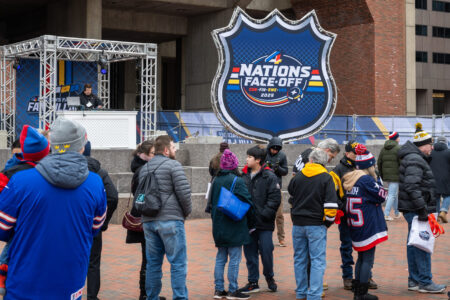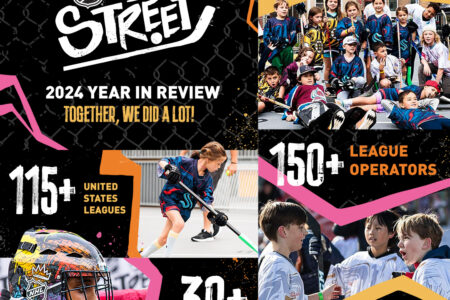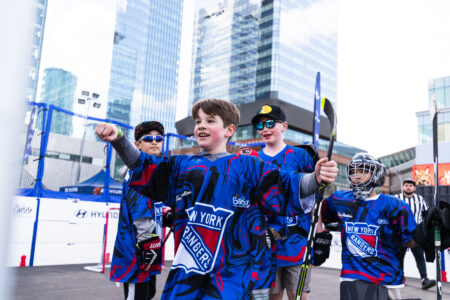List of NHL STREET Infractions and Penalties
Many fans know hockey rules as they pertain to the NHL. But when it comes to youth hockey, you’ll find that leagues often tailor their rules to meet the age and playing level of the participants.
The reason? Safety. At NHL STREET, our number one priority is always keeping our players safe. Whether you’re a league operator, parent, coach, or player, it’s important to familiarize yourself with all the infractions in street hockey.
Minor infractions in street hockey
Most penalties called in a street hockey game will be minor infractions. In NHL STREET, infractions result in a change of possession.
The most common are:
- Offsides: When a player enters their team’s offensive zone prior to the ball entering the offensive zone
- Hand pass: When a player hits or swats the ball
- Out of play: Any time the ball goes out of bounds
Penalties in street hockey
Penalties, on the other hand, are more serious and always result in a live penalty shot.
These include:
- High sticking: Any time a stick comes above a player’s knee
- Intent to injure: Any intentional attempt to injure a player – this also leads to an ejection from the game
- Abuse of officials: Verbal abuse toward an official, and any physical contact with an official. This includes parents and coaches as well.
- Checking: when a player crashes into an opponent handling the ball
- Cross-Checking: when a player checks an opponent using the shaft of their hockey stick
- Slashing: when a player swings their hockey stick
- Hooking: when a player uses their hockey stick to slow down an opponent
- Tripping: when a player trips an opponent using their hockey stick
- Holding: when a player wraps their arm around an opponent or uses a free hand to grab the jersey or stick of their opponent
- Interference: when a player uses their body to impede the progress of an opponent
- And, lastly, too many players on the rink
How to do a live penalty shot
In NHL STREET, all penalties result in a live penalty shot. Here’s how it works: the shooter starts at the center faceoff dot. All other players line up behind the goalie line on the opposite end of the court.
On the whistle, the shooter advances to the net, with all other players in pursuit. If the other players can reach the ball carrier, they’re permitted to defend and steal the ball away. In other words, the ball is live and play continues as normal.
When to use “chill zone”
Our goal is to encourage safe play and keep kids engaged. Therefore, we’ve created rules around when they need to sit out in the “chill zone” for accrued penalties. When a player commits 3 penalties, they have to sit out for 2 minutes. If a player commits 9 penalties, or 3 timeouts in the chill zone, they’re ejected from the game.






